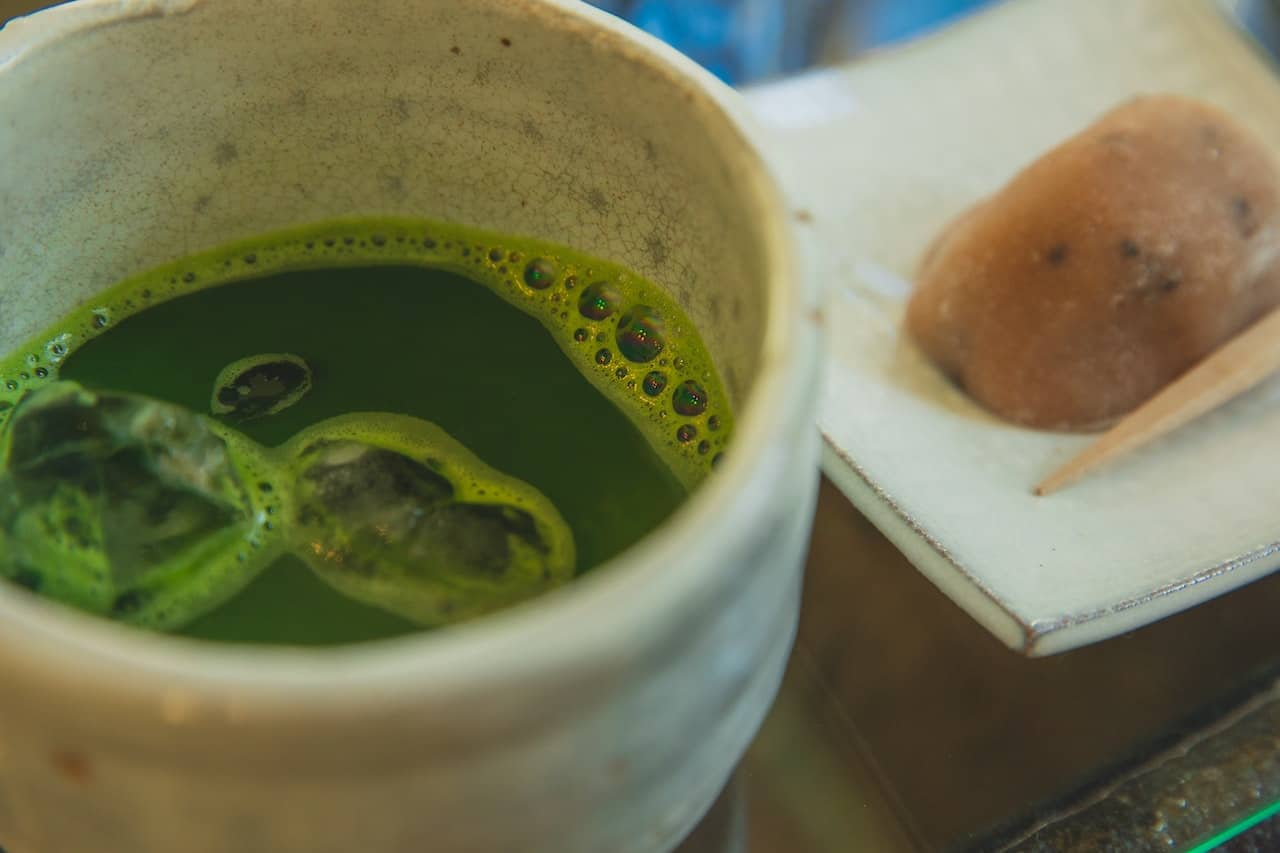Are you looking for something to give you a natural energy boost? Matcha green tea has recently become popular among health-conscious individuals, and for a good reason. In this blog post, we'll be exploring the potential benefits of matcha green tea so that you can make an informed decision about incorporating it into your diet. Let's take a closer look at the potential for using matcha as a daily energy source!
What Is Matcha Tea?
Matcha tea is a traditional Japanese tea produced from finely ground green tea leaves. The leaves are grown in the shadow for many weeks before harvest, which boosts their chlorophyll content and gives them a vivid green hue. The leaves are then hand-picked and processed into a fine powder used to prepare the tea. Matcha has been used in traditional Japanese tea rituals for centuries and has recently acquired appeal in Western cultures because of its health advantages and unique flavor.

Does Matcha Give You Energy Like Coffee?
It has come to attention that there exists a burgeoning inquiry regarding the potential energy-enhancing properties of matcha, particularly in comparison to the established effects of coffee. It is imperative to acknowledge, at the onset, that the information herein has not been reviewed or endorsed by the Food and Drug Administration (FDA). While matcha does indeed contain caffeine, it is generally understood to contain a lesser quantity than that found in a conventional cup of coffee. Caffeine tolerance can considerably influence one's perceptible energy levels and responsiveness to beverages like matcha and coffee and there is no one size fits all. It is vital to underscore that this dialogue does not stand as medical advice or validated scientific claim, but rather a formal conveyance of existing casual conversations on the subject matter.
Related Link: Best Kava for Euphoria: Supplements Guide
How To Make a Perfect Cup of Matcha Tea at Home
Making the perfect cup of matcha tea at home is simple. First, heat the water to roughly 160-170 degrees Fahrenheit. Then, using a traditional bamboo whisk or an electric whisk, mix together 1/2 teaspoon matcha powder and 2 ounces hot water until frothy. Finally, add the remaining hot water to taste and enjoy! The traditional method of producing matcha is to use a bamboo whisk to combine the matcha powder in a small bowl with hot water, creating a frothy texture. If you don't have a bamboo whisk, you may use an electric whisk or even a milk frother to obtain the same frothy texture.
Are There Any Risks Associated With Drinking Too Much Matcha Tea Daily?
While matcha tea has many health benefits, consuming too much of it might be dangerous. Excessive caffeine consumption can lead to insomnia, anxiety, and other health issues. Furthermore, taking too much matcha might result in excess caffeine. If you have any concerns about your matcha usage, always follow the advised dosage on the packaging and check with a healthcare professional. Matcha should also be avoided by pregnant or lactating women, as well as those who are caffeine sensitive.
Related Link: 5 Best Kava for Pain Relief: Find the Right Mix
Kava: Another Alternative for Energy
While matcha tea is an excellent source of energy, there is another option worth mentioning: Kava. Kava is a South Pacific island root that has been used for centuries as a calming and relaxing beverage. It has been discovered to have comparable benefits as matcha tea in terms of creating a sense of calm and focus without the jitters.
Kava is a popular beverage that offers a unique experience. Unlike matcha, it doesn't contain caffeine and is used traditionally as a ceremonial drink. You can easily enjoy kava as a tea, but it's also available in other forms like tinctures, pills, and supplements.
Like matcha, kava should be consumed in moderation, and you should check with a healthcare expert if you have any concerns about your kava consumption.
If you’d like to give Kava a try, check out our kava supplements at Shot of Joy!
Looking to try kratom and kava? Try our Shot of Joy kratom & kava shot!


